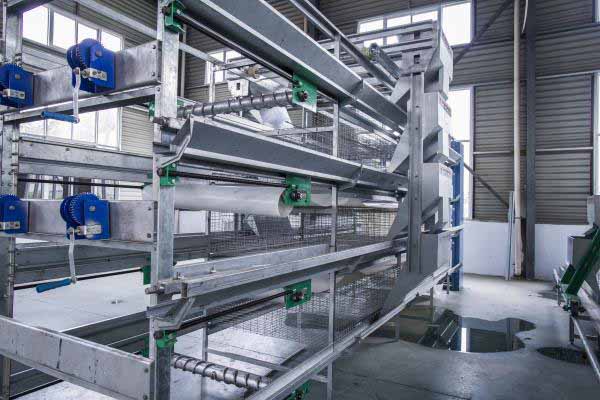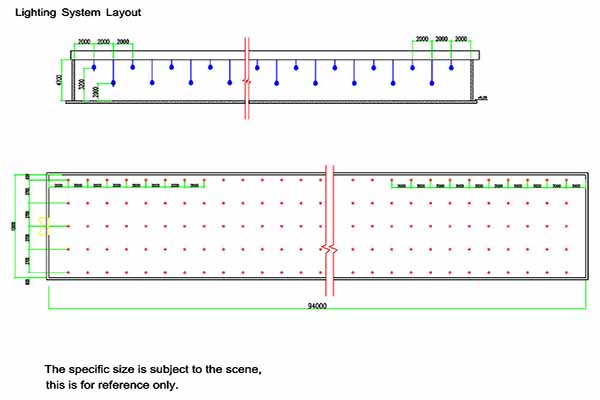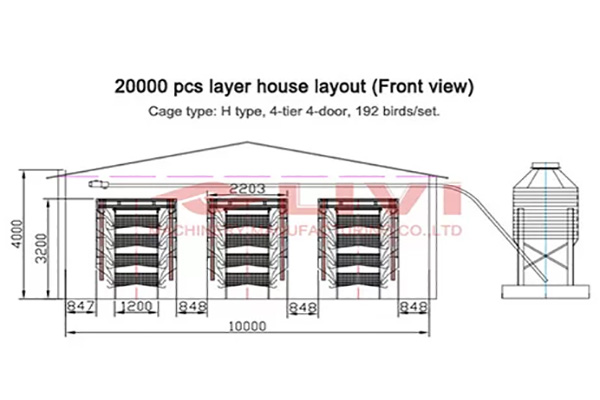Optimizing Layer Cage Design Plans for Efficient Poultry Farming
As a poultry farmer or investor, selecting the right layer cage design is crucial for maximizing the efficiency and profitability of your farm. This article delves into the key aspects of layer cage design plans, providing insights and data to help you make informed decisions.

Understanding the Importance of Layer Cage Design
Layer cages are the backbone of a modern poultry farming operation. A well-designed cage not only enhances the health and welfare of the hens but  also improves the overall productivity of the farm. Here are some key factors to consider when designing layer cages:
also improves the overall productivity of the farm. Here are some key factors to consider when designing layer cages:
- Space Allocation: Ensure each hen has adequate space to move around comfortably. Industry standards recommend a minimum of 0.75 square feet per hen.
- Material Quality: Choose durable materials that are resistant to corrosion and can withstand the rigors of regular cleaning and disinfection.
- Feeding System: A reliable and efficient feeding system is essential to ensure consistent nutrition and prevent feed waste.
- Nesting Boxes: Provide enough nesting boxes to avoid overcrowding and increase egg production.
- Lighting and Ventilation: Optimize lighting and ventilation to mi
 mic natural conditions, promoting egg production and hen health.
mic natural conditions, promoting egg production and hen health.
Case Study: Layer Cage Design Success Stories
Let’s look at some real-world examples where strategic layer cage design has made a significant impact on poultry farms:
| Farm Name | Cage Design Features | Outcome |
|---|---|---|
| Farm Alpha | Increased nesting box space, automated feeding, and advanced ventilation | 30% increase in egg production and 15% reduction in feed costs |
| Farm Beta | High-quality steel cages, improved lighting, and nesting box design | 20% increase in egg quality and 25% decrease in mortality rate |
Choosing the Right Layer Cage Design Plan
When selecting a layer cage design plan, consider the following steps:
- Analyze Your Farm’s Needs: Assess the size of your farm, number of hens, and specific goals for productivity and cost savings.
- Consult with Experts: Work with poultry farming consultants or designers who specialize in layer cage solutions.
- Compare Options: Evaluate different design plans based on quality, cost, and compatibility with your farm’s infrastructure.
- Consider Long-Term Benefits: Invest in a design that offers long-term savings and improved hen welfare.
By following these steps, you can ensure that your layer cage design plan aligns with your farm’s objectives and maximizes your returns.
Conclusion
Optimizing your layer cage design is a critical step in achieving success in the poultry farming industry. By considering the factors outlined in this article, you can make informed decisions that lead to increased productivity, better hen health, and higher profits.
For more detailed information and to obtain a free layer cage design plan and equipment quote from LIVI Machinery, please feel free to leave a comment or contact us directly.




